'F1 on water': SailGP makes a splash in Portsmouth
Six years after it was founded, SailGP has got the wind behind its sails. What makes this sport, dubbed 'F1 on water', so compelling?

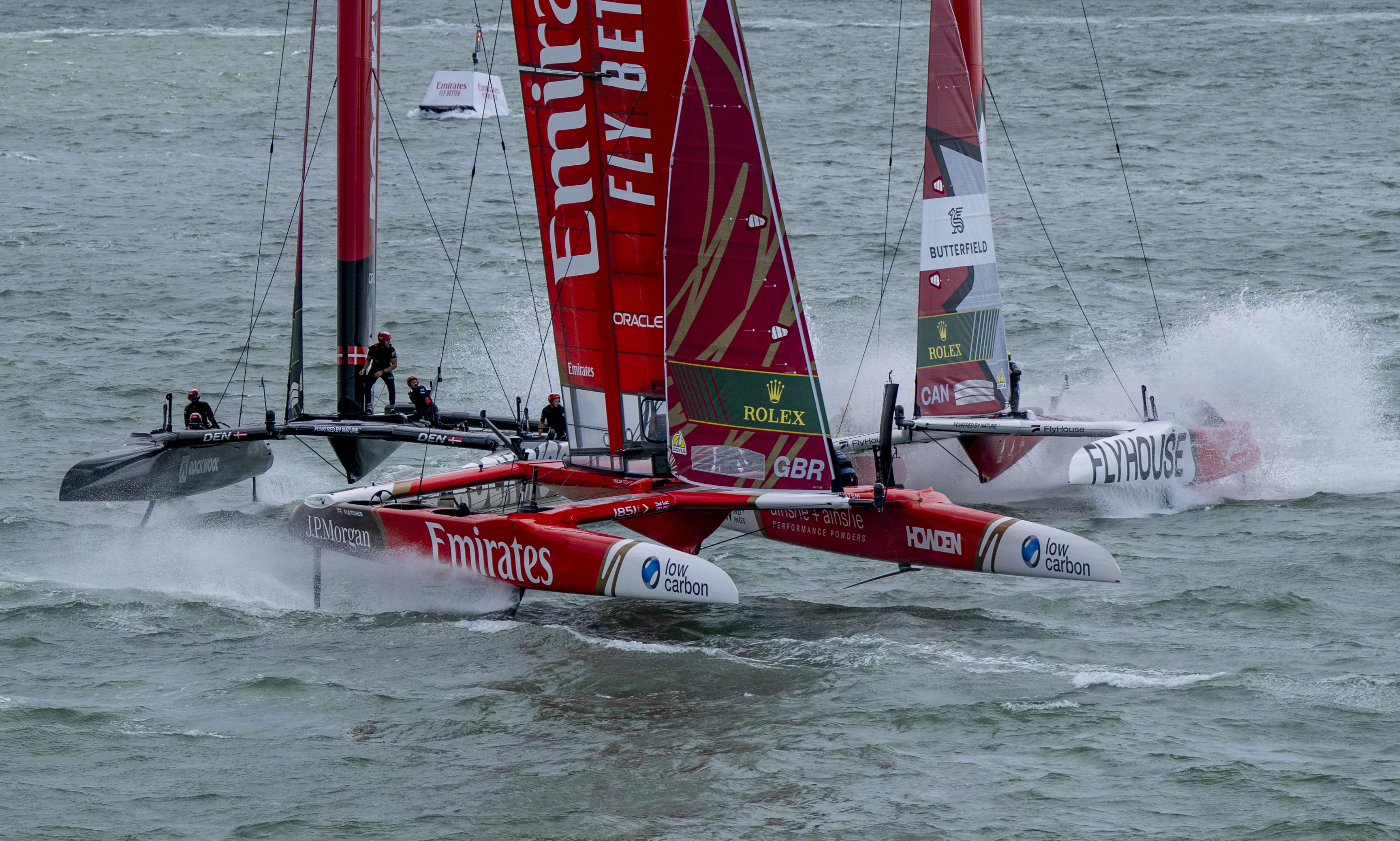
Growing up, sailing was something slow that happened on the weekend. It happened in Connecticut, at a yacht club called Larchmont, and the people there wore chinos and jumpers on their shoulders and when they weren’t on the water they played tennis and bridge. It was Norman Rockwell made real.
The boats were similar. They were sleek shapes with names like Persephone, and would gleam in the evening sun in the harbour they were moored in, as white as the people who owned them. Out on the water, we would cruise on the Long Island Sound, going nowhere in particular, and certainly not in any rush. Any speed above double digits would be considered uncouth.
I never really liked it much, because it was all so formal. I could understand why others did; it’s fun knowing how knots work, and where to place the sail in relation to the wind, and to drink gin on water. I preferred cars. They could go much faster and you didn’t have to worry about the weather.
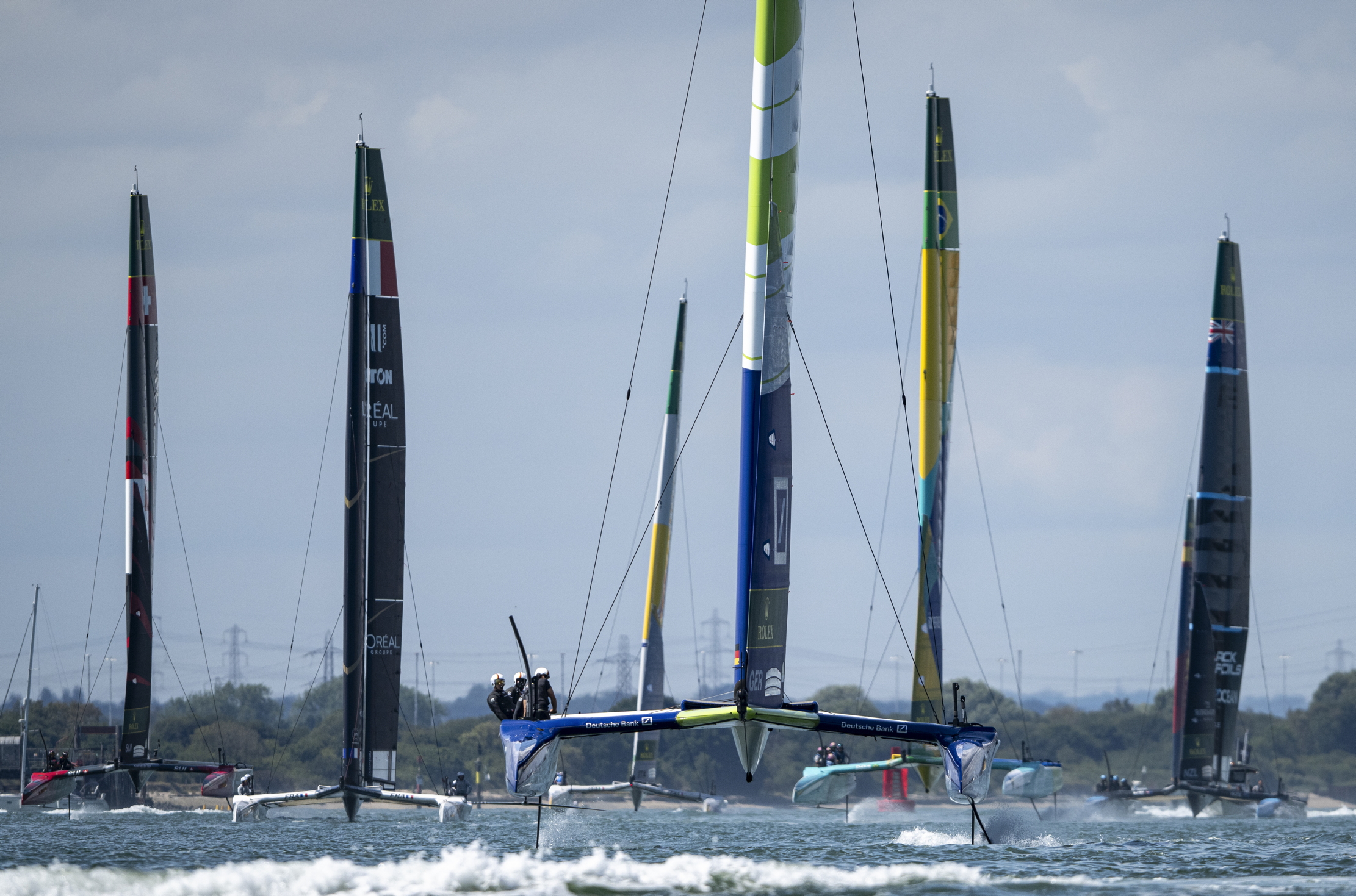
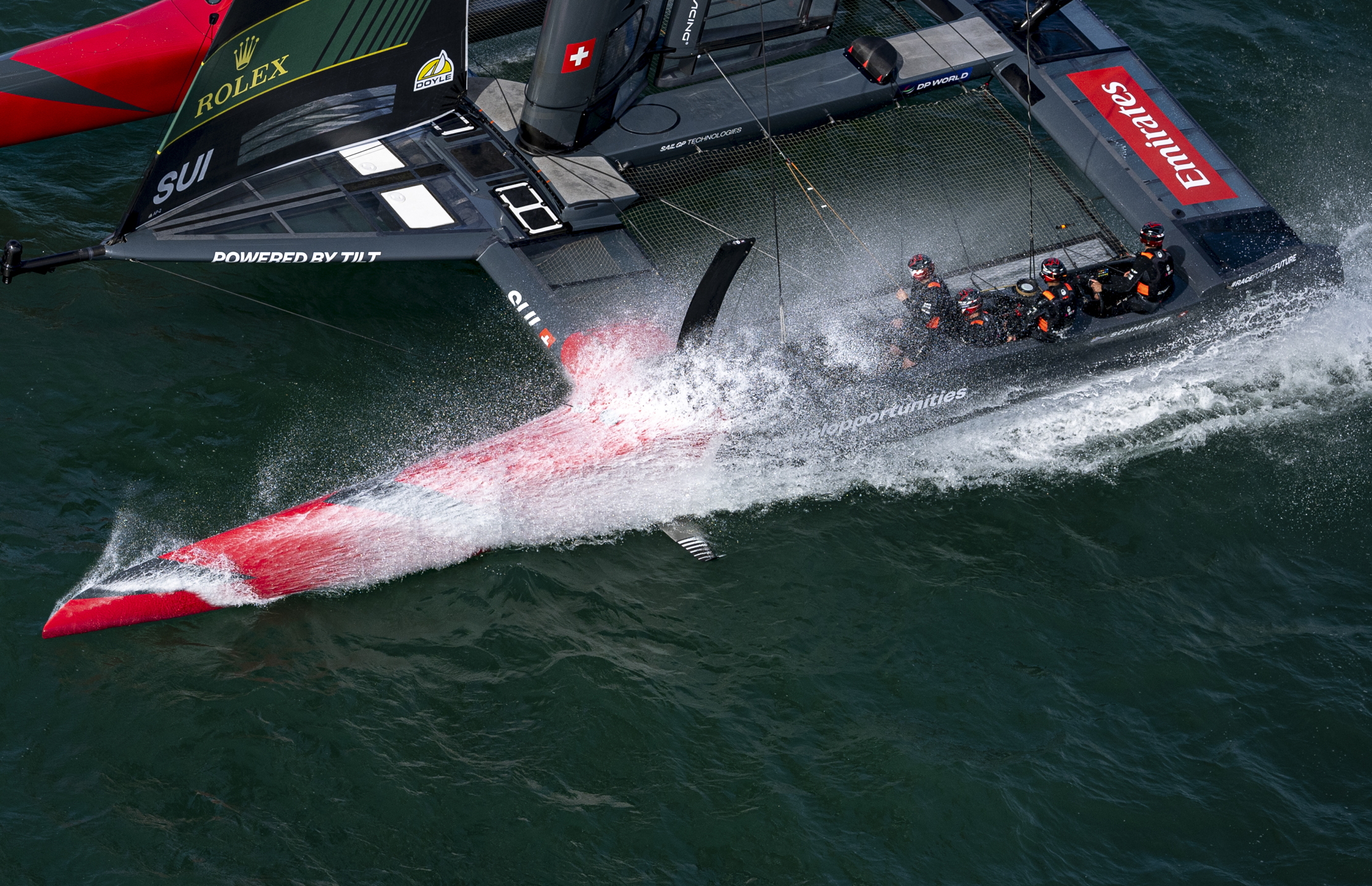
I had sort of assumed that sailing hadn’t changed too much in the 25 years between then and now. I have friends who go sailing, and it mostly sounds the same. You go to the south coast, put on your best tailored shorts or summery dress, and cruise around the Channel while someone called Henry or Fiona pours you drinks until it’s time to go home.
When I stepped off the train at Portsmouth last weekend, I knew the experience would be different, but I was still unsure how. It didn’t take too long before I found out.
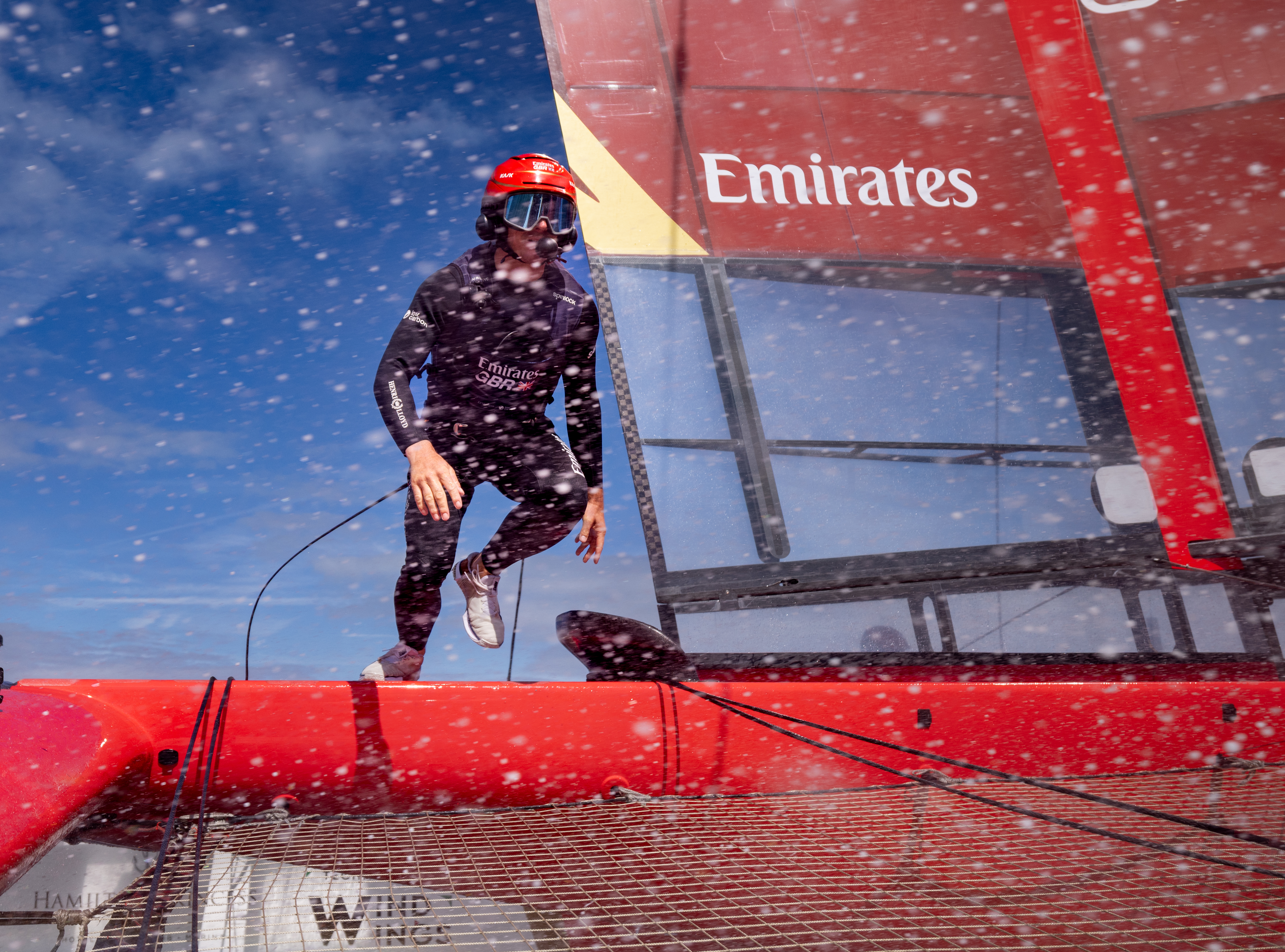
SailGP markets itself as Formula 1 (F1) on water and it takes that marketing very seriously. The name of the game is speed. The men and women who take part look fast and serious. There is no linen here (apart from in various VIP lounges). And the F50 foiling catamarans look like spaceships as they raise themselves out of the water.
The theory is relatively simple. Twelve teams, each linked to a nation, compete in a weekend of races around the world in locations such as New York, San Francisco, Geneva, St Tropez and Abu Dhabi. There are 12 races in total. On the Saturday three or four races take place, of about 15 minutes each. On the Sunday, three more races take place and then the top-three teams from the weekend compete in a winner-takes-all final.
Since its inception in 2019, the sport has grown, both in the number of teams competing and the number of stops on the SailGP ‘world tour’. Watching the teams warm up and make their preparations before the first race was something of a curiosity; they zip backwards and forwards across the harbour, like startled pondskimmers, whistling in the wind. But then the introductions to the teams are made, and it’s time for everyone to line up and see who is the fastest.
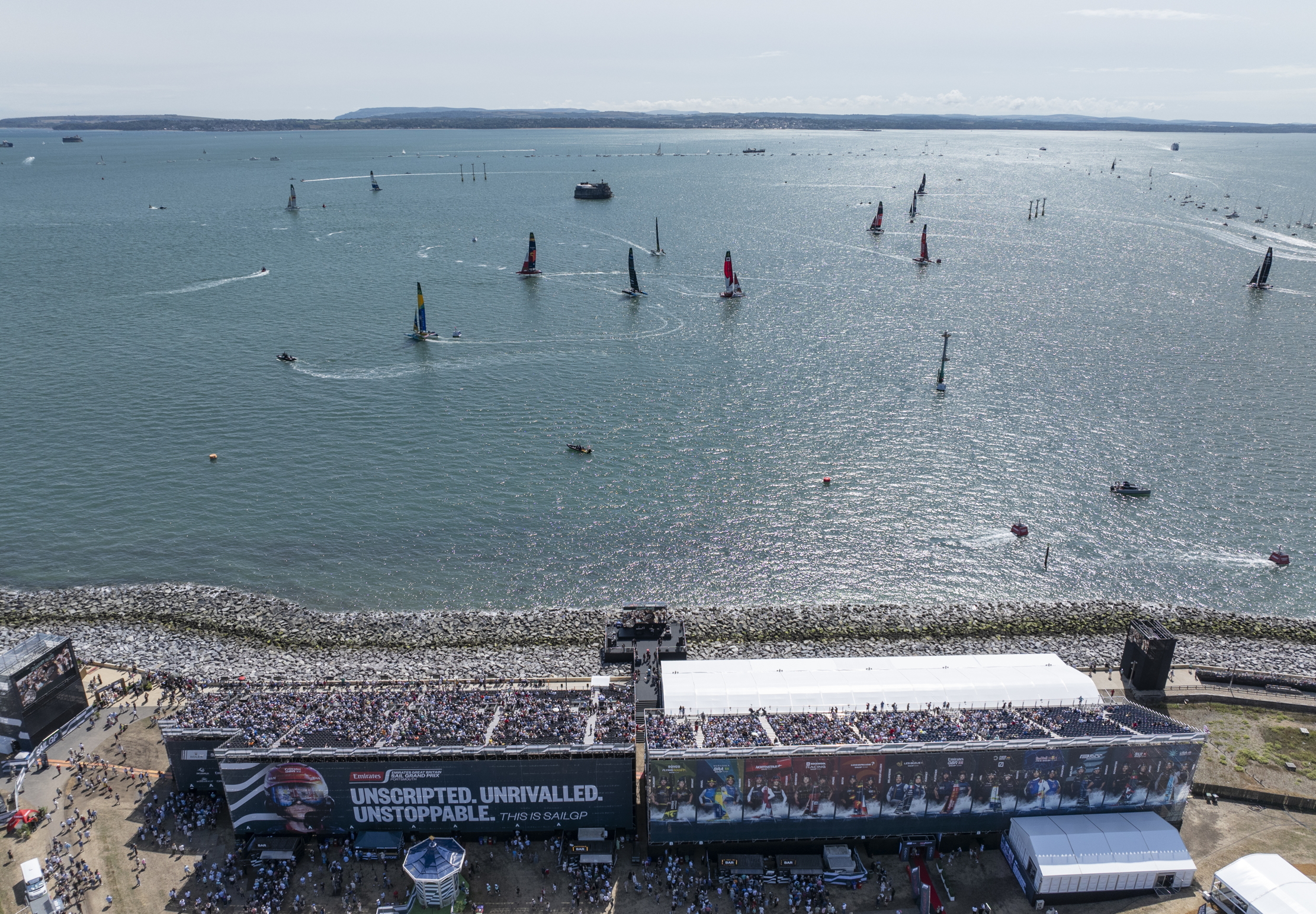
It’s here that the increase in popularity makes sense. The boats are fast, with a top-speed of some 52 knots if the wind conditions allow. But the excitement is their proximity. These boats zip inches away from each other, water piling off their bows before a sudden sharp turn, seemingly directly into another boat, expels one or two from the pack, searching for their own line and a better breeze, like starlings playing in the wind.
It’s drama on water. On their way out, the boats flit towards the far mark, where you can then follow them on the various screens throughout the shoreside ‘stadium’, which give realtime analytics such as speed and, most importantly, which team is winning. It’s not always easy to tell who is in first place when two boats are on opposite sides of the harbour, but thankfully accessibility is important to SailGP, who made every effort to make sure that even someone as ignorant as myself knew what was going on.
And then they turn home, turn past the last mark, and fly past a few metres from the shoreline. One race over and it's on to the next. This isn’t sailing as I knew it. Everyone and everything involved is in a hurry.
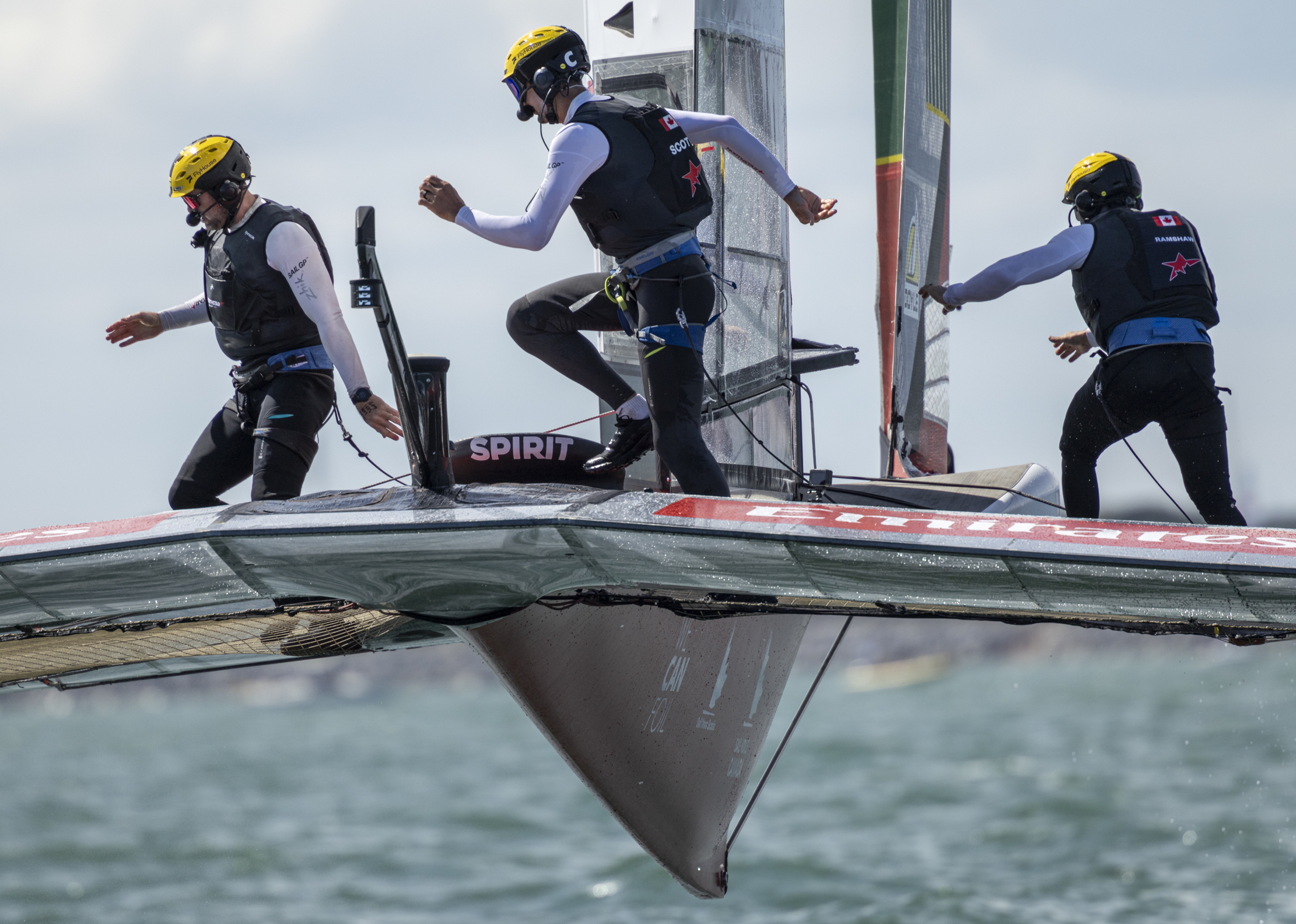
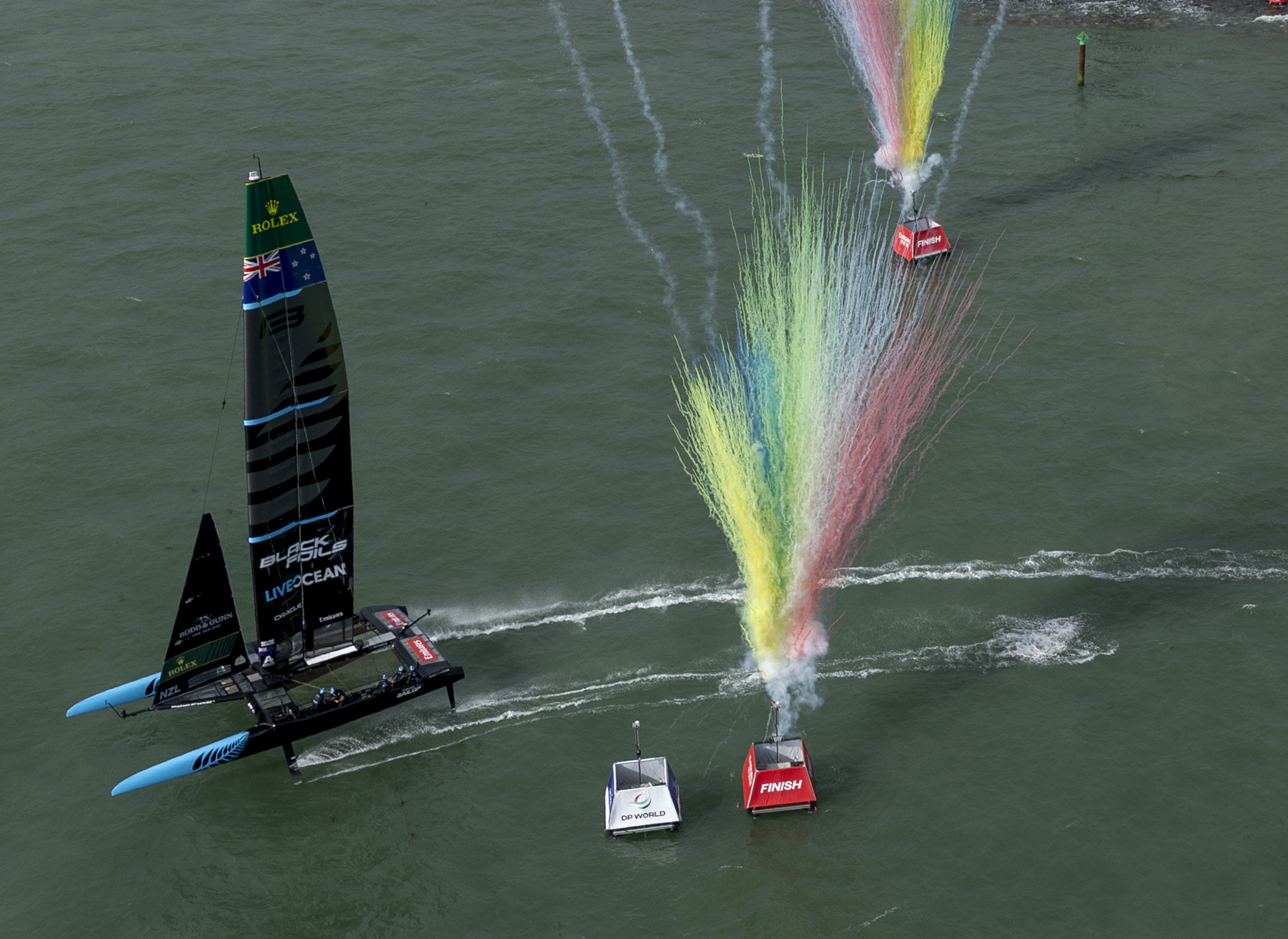
It’s rare to be so pleasantly surprised by an afternoon in Portsmouth. Much like the F1, from which SailGP has surely taken some inspiration, there is a lot to do that isn’t sailing. The food and drink were delightful. Pete Tong played a show to the crowd once the racing was over. You can enlist in the Navy, if you feel really inspired. Unlike the F1, there is a lot more jeopardy throughout, with each team seemingly having an equal chance of winning whatever race. And, unlike the F1, each team has at least one woman member, whether its the driver (such as double Olympic champion Martine Grael for Brazil) or the tactician (double Olympic Champion Hannah Mills). And the only fuel these boats need is wind.
And then it was all over. New Zealand beat Great Britain in the grand final, and the fireworks exploded as the Black Foils crossed the line. Some stayed behind to party with Pete and others filed towards the exit. As I returned to London, all I could think is that the boats are not slow anymore.

James Fisher is the Digital Commissioning Editor of Country Life. He writes about motoring, travel and things that upset him. He lives in London. He wants to publish good stories, so you should email him.